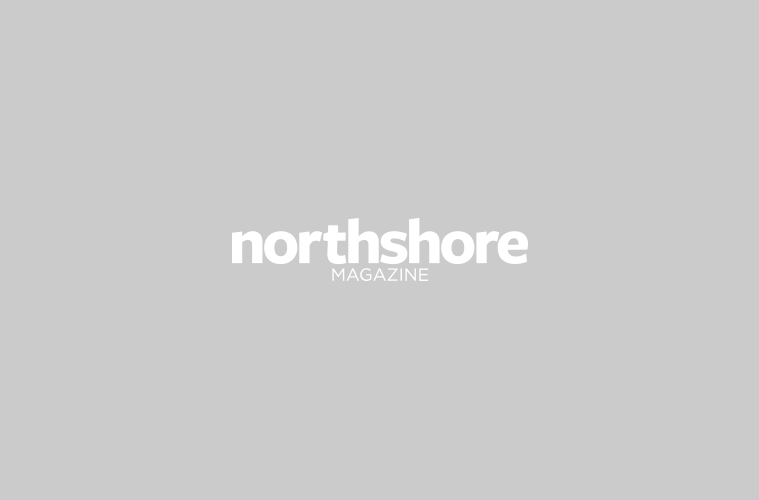If you were to invest in an oil painting for your home or office, you would take into account your color scheme, decor, taste, and budget. Tim Lindblad of Andover does the same sort of thing, only with a rather bigger budget than most people, because he does it for Boston Private Bank.
Lindblad is a vice president in the bank’s corporate real estate group. In his nine years there, he has led design and construction projects for the bank’s headquarters at Ten Post Office Square in Boston, as well as its offices in the Back Bay and Hingham. His most recent assignment has been to design the space for the bank’s new office in Beverly.
In many companies, a corporate decorator simply chooses paintings and photos similar to what hangs in the halls at the head office. But Lindblad, who has degrees in architectural history and art history, as well as a keen interest in historic preservation, wanted to do much more than that. He set out to research, identify, and buy items with direct ties to the area. Each piece needed to have a clear reason for being part of the ensemble. And the decor as a whole had to connect with the bank’s headquarters in Boston.
To accomplish this, Lindblad spent months researching the history of Beverly. He spent hours at the Beverly Public Library, at local museums, in antique shops, and online. He bargained with art dealers and local antique shops. All the hard work finally paid off in an office filled with paintings, artifacts, sculptures, and even a hand-crafted bronze spiral staircase in the foyer.
The office’s rich travertine floors, mahogany furnishings, grand staircase, and oriental silk tapestries connect it to the bank’s Post Office Square headquarters. But what truly distinguishes Lindblad’s project are the works of art that promote the rich history of the very ground on which the Beverly office stands, at 57 Enon St. (Route 1A). Through his research, Lindblad learned about a grant of land from King Charles I of England of 1,000 acres parceled out equally to five local planters in 1635. It is these five men for whom the bank’s major spaces are named – the Conant Gallery, the Woodbury Room, the Trask Room, the Balch Lounge for employees, and the Palfrey Room.
Tim carefully planned every purchase and determined where each painting would be hung. Every piece has a sense of place and purpose. The first floor of the bank is representative of Beverly in the 17th and 18th centuries. The second floor reflects 19th- and 20th-century Beverly. The first-floor conference rooms feature a painting of Washington’s fleet – “The Wolf Pack” – as well as other works of art that hark back to Beverly’s early maritime history. They also include botanical prints of sugar cane and nutmeg to typify Beverly’s extensive trade with the East and West Indies, China, Russia, and Spain.
The focal point of the foyer of the Beverly office is a large antique floor globe, chosen as a reminder of trade between Beverly and the larger world. Overhead, about a dozen botanical prints hang from bronze rods. The rods had been sitting in storage at the Post Office Square headquarters, where they had been part of the original heating system. They turned out to be just right for a new life in Beverly. Lindblad knew when he saw them that they would have a useful purpose someday. As usual, his foresight proved right.

